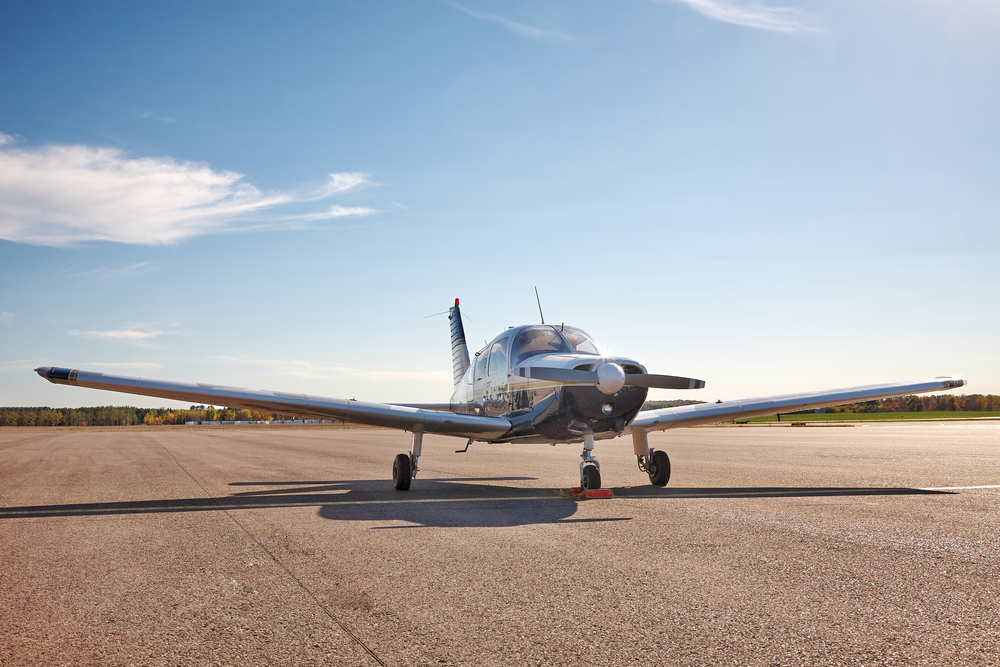Understanding the Piper PA-46: A Comprehensive Overview
The Piper PA-46 is a family of American light aircraft manufactured by Piper Aircraft. Initially certified in 1983, this series includes both piston-engine and turboprop models. The PA-46 series has earned its place in general aviation for its blend of performance, comfort, and advanced technology.
Design and Development
The design of the PA-46 began in the late 1970s. Piper sought to create a pressurized, single-engine aircraft. The first model, the PA-46-310P Malibu, delivered on these goals. The pressurized cabin was a significant advancement. It allowed for high-altitude cruising without the need for supplemental oxygen. This model featured a Continental TSIO-520-BE engine, producing 310 horsepower.
In 1988, Piper introduced the Malibu Mirage. This updated model included a Lycoming TIO-540-AE2A engine with 350 horsepower. The Mirage also featured improved avionics and a more refined interior. These updates made the aircraft more attractive to business travelers and private owners.
Evolution Into Turboprop
Piper expanded the PA-46 line with the introduction of the Malibu Meridian in 2000. The Meridian was a significant leap. It replaced the piston engine with a Pratt & Whitney PT6A-42A turboprop engine. This change provided 500 shaft horsepower and enhanced performance. The Meridian could now reach a maximum cruising speed of 260 knots and a range of approximately 1,000 nautical miles.
Key Models and Specifications
- PA-46-310P Malibu: Introduced in 1983 with a Continental TSIO-520-BE engine. Pressurized cabin, 310 horsepower, cruising speed around 200 knots.
- PA-46-350P Malibu Mirage: Released in 1988 with a Lycoming TIO-540-AE2A engine. 350 horsepower, advanced avionics, and improved interiors.
- PA-46-500TP Malibu Meridian: Introduced in 2000 with a Pratt & Whitney PT6A-42A turboprop engine. 500 shaft horsepower, cruising speed of 260 knots.
Avionics and Technology
The PA-46 series has consistently incorporated advanced avionics. The early models like the Malibu included analog gauges and basic autopilot systems. Over time, these systems were upgraded. The Mirage introduced digital displays and enhanced navigation tools. Later models featured the Garmin G1000 integrated flight deck, providing a significant upgrade in situational awareness and ease of operation. This advanced avionics suite included features like synthetic vision, traffic collision avoidance systems, and weather radar.
Comfort and Cabin Features
Comfort has always been one of the PA-46’s strong points. The aircraft’s pressurized cabin allows for high-altitude travel in a comfortable environment. The cabin can typically accommodate six passengers. Early models had basic interiors, but the Mirage brought luxury touches, including leather seats and woodgrain paneling. Modern PA-46 models continue this trend with refined materials and more ergonomic seating.
Performance and Handling
The PA-46 series is known for its robust performance and reliable handling. The aircraft’s wing design and pressurized fuselage contribute to its stable flight characteristics. Piston-engine models like the Malibu and Mirage provide steady performance with cruising speeds around 200 knots. The transition to turboprop in the Meridian not only increased speed but also enhanced reliability. Turboprop engines are known for their durability and efficiency at higher altitudes. The Meridian’s performance in various weather conditions has proven its adaptability.
Safety and Certification
Safety is a key consideration in the design and operation of the PA-46 series. Each model in the series has undergone rigorous testing to meet FAA certification standards. Features like pressurization and advanced avionics contribute to safer flight operations. The integration of autopilot systems and navigation aids in modern models further enhance safety. Regular updates and maintenance recommendations from Piper ensure that the aircraft remain compliant with aviation regulations.
Market and Use Cases
The PA-46 has a diverse market. It appeals to private pilots, business travelers, and air charters. Private owners appreciate the aircraft’s range and comfort for personal travel. Businesses utilize the PA-46 for executive transport. It offers a cost-effective alternative to larger jets. Air charter services benefit from the reliability and performance of the turboprop models, ensuring timely and comfortable transport for clients.
Operational Economics
The operational costs of the PA-46 series are another attractive feature. Piston-engine models have relatively low operating costs compared to twin-engine aircraft. The transition to turboprop in the Meridian increases fuel efficiency and reduces long-term maintenance costs. Insurance rates for the PA-46 are competitive, given the aircraft’s safety record and advancements in onboard technology.
Achievements and Records
The PA-46 series has a notable record of achievements. The Malibu set early benchmarks as one of the first pressurized single-engine aircraft. The series has logged millions of flight hours worldwide. It is respected for its reliability and performance. Over the years, the PA-46 has also found a place in the hearts of aviation enthusiasts and industry professionals, earning numerous awards for its design and innovation.
